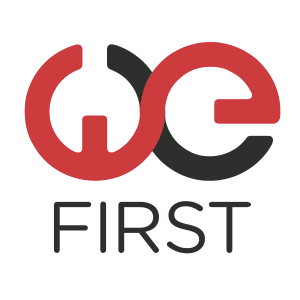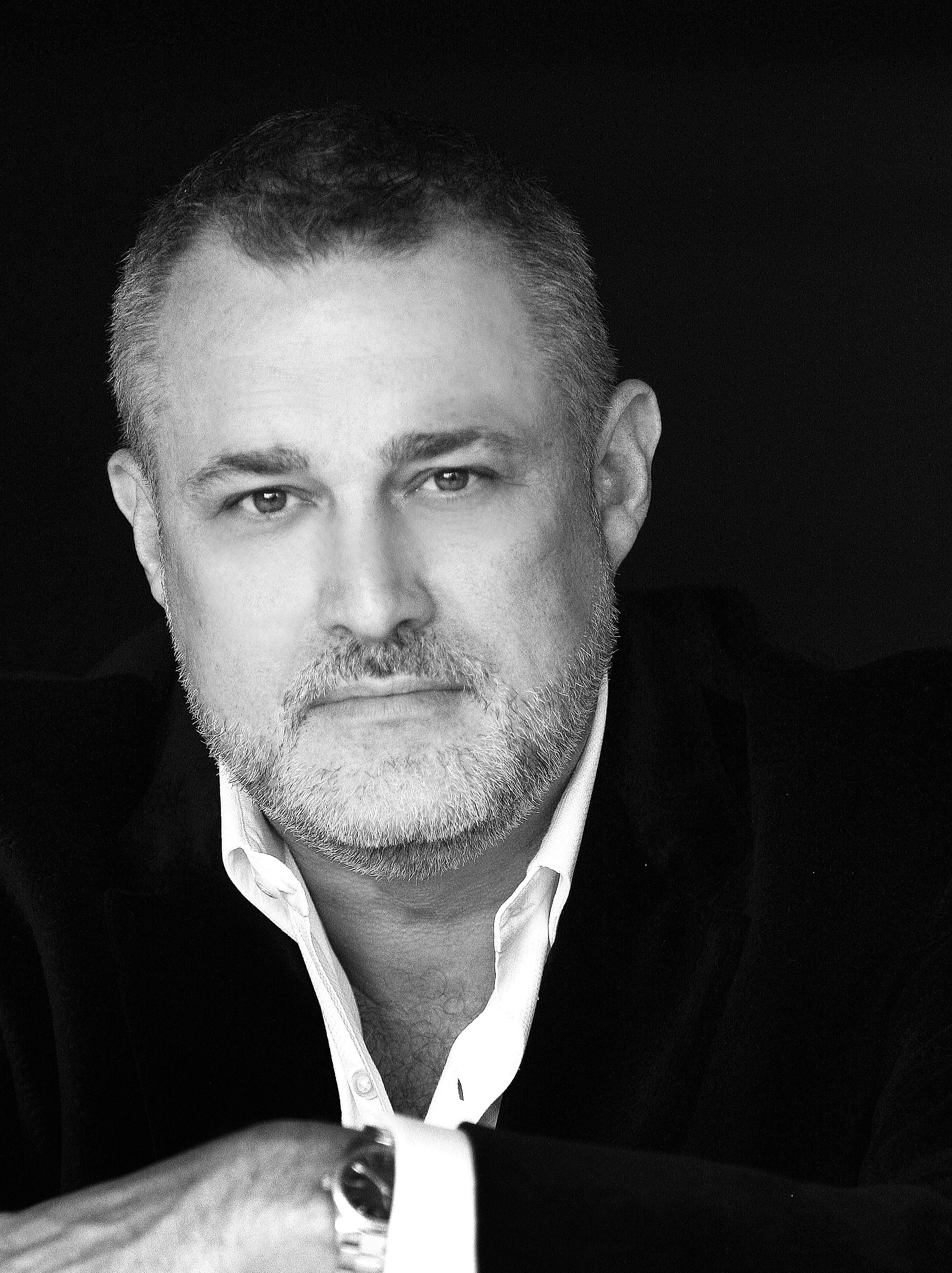Simon Says…Purpose & Profit Are Not a Choice
Simon Says…Purpose & Profit Are Not a Choice https://csuiteold.c-suitenetwork.com/advisors/wp-content/themes/csadvisore/images/empty/thumbnail.jpg 150 150 jeffreyhayzlett https://secure.gravatar.com/avatar/7d20a01ed9c1d91ad616e067720c7767?s=96&d=mm&r=g
If you’ve been following me for a while, you’ve likely heard me say, “a brand is a promise delivered.” While that adage still rings true, today’s customers are demanding that brands should have a purpose, and the companies behind those brands need to do more than just make money.
Hey, making money is still the name of the game, but profit shouldn’t come at a cost. It’s all about profits AND people.
Don’t believe me?
At this time last year, The Business Roundtable, a group of more than 180 top-level CEOs, redefined the purpose of a corporation as more than just providing dividends to shareholders. In a statement, the companies they lead are committed to not only delivering value to their customers but investing in their employees and the communities they serve.
Nobody understands this intersection between purpose and commerce than Simon Mainwaring. Simon is the founder and CEO of We First, an agency helping brands put purpose first.
“(We First) is the tonic, the antidote to the me-first mentality we saw in business for so long. In particular, that led to a lot of the economic meltdown in 2008,” Simon said.
I’ve known Simon for years and recently had the pleasure of having him as a guest on my podcast, All Business with Jeffrey Hayzlett on C-Suite Radio. We had a great conversation about purpose-driven brands and how what a brand says matters.
“Business doesn’t just exist in a vacuum,” Simon said. “Now the consequences of business, which to a large degree include the impact on climate, the environment and so on, is coming back to haunt business because it’s affecting their supply chain. It’s affecting to hire the talent that they want. It’s affecting their ability to sell to consumers. You look at brands now and say, ‘are you part of the problem or are you part of the solution?'”
Let’s be clear, this mindset may not be new, but it has been evolving over the last decade-plus, along with changing consumer habits and tastes. As Simon pointed out during our conversation, consumers are voting with their dollars. Ultimately, they decide the winners and losers.
In the same breath, we all know of companies that are earnest and quick to pivot with a purpose while others seem to use purpose to keep up appearances. According to Simon, if your company wants to grow or survive, you have to pay attention to this sea of change in the market.
“It’s not as if this shift from business comes at a cost. In fact, when you look at what motivates employees and consumers today, they want to work for or buy from companies doing good. If you actually want to get clear-eyed and look at those market drivers that are really propelling growth today, you’d be a fool to ignore this,” Simon emphasized. “Purpose and profit are not a choice. That’s actually a false separation. It’s actually two sides of the same coin now.”
Both Simon and I agree that brands today can have their cake and eat it, too when it comes to purpose and profit. Simon says brands can control how they can use their platform for good. He gave the example of outdoor clothing company Patagonia and their commitment to preserving public lands, ice cream brand Ben & Jerry’s stance against white supremacy, and Dick’s Sporting Goods destroying $5 million in assault rifles.
Patagonia recently created quite the Twitter storm after a customer found a colorful political message on a tag. The message was purposeful and intentional from the company’s top brass and entirely on brand. So much so, the shorts with the tag sold out.
According to Simon, all of the brands listed above have a clear brand promise and purpose, but those two ideas can be easily confused. He says some key questions can bring them together.
“What is the role you’re going to play in the world? How is the world going to be better off because we’re in it?” Simon said. “What is your promise in terms of the legacy you’re going to lead?”
“As business more broadly, is on the hook for the impact it’s had on the world, employees and consumers are saying collectively ‘remind me exactly why you do exist?’” Simon said. “If you articulate what your role is in the world, the higher-order purpose, why you exist. Then the company and the products and the services and what you do are all social proof of that promise or purpose. As opposed to the other way around where people have been going to market just talking about their product and price all day long and damn the consequences. Now those chickens have come home to roost and we’re in a lot of trouble as we see every day in the news.”
How does a brand become a movement? Simon says companies need to start by looking outside of its walls.
“It’s hard to see the label from inside the jar. It’s hard for a company to see itself on how it wants to be perceived outside of itself,” Simon said. “(ask) questions like: ‘what are you the only of? What is your enemy? When you’re at your best, what are you doing?’
There’s more to creating purpose than putting inspirational quotes on your company’s walls or a mission statement that nobody reads, “it’s a sling shot that you pull back and release to drive a movement. That movement is driven by the cultural conversation that your brand is uniquely qualified to lead.”
With that in mind, Simon also mentioned one of the best ways brands can figure out what it stands for is by first working out what it stands against. It’s like I always say, you have to pick a side, even if it’s a side not all of your customers agree with.
There’s a lot more to our conversation about branding, purpose, whether or not your company should have an opinion on hot issues in the news and how to handle your customer’s ‘hockey stick of expectation’. To hear it all, click here.


